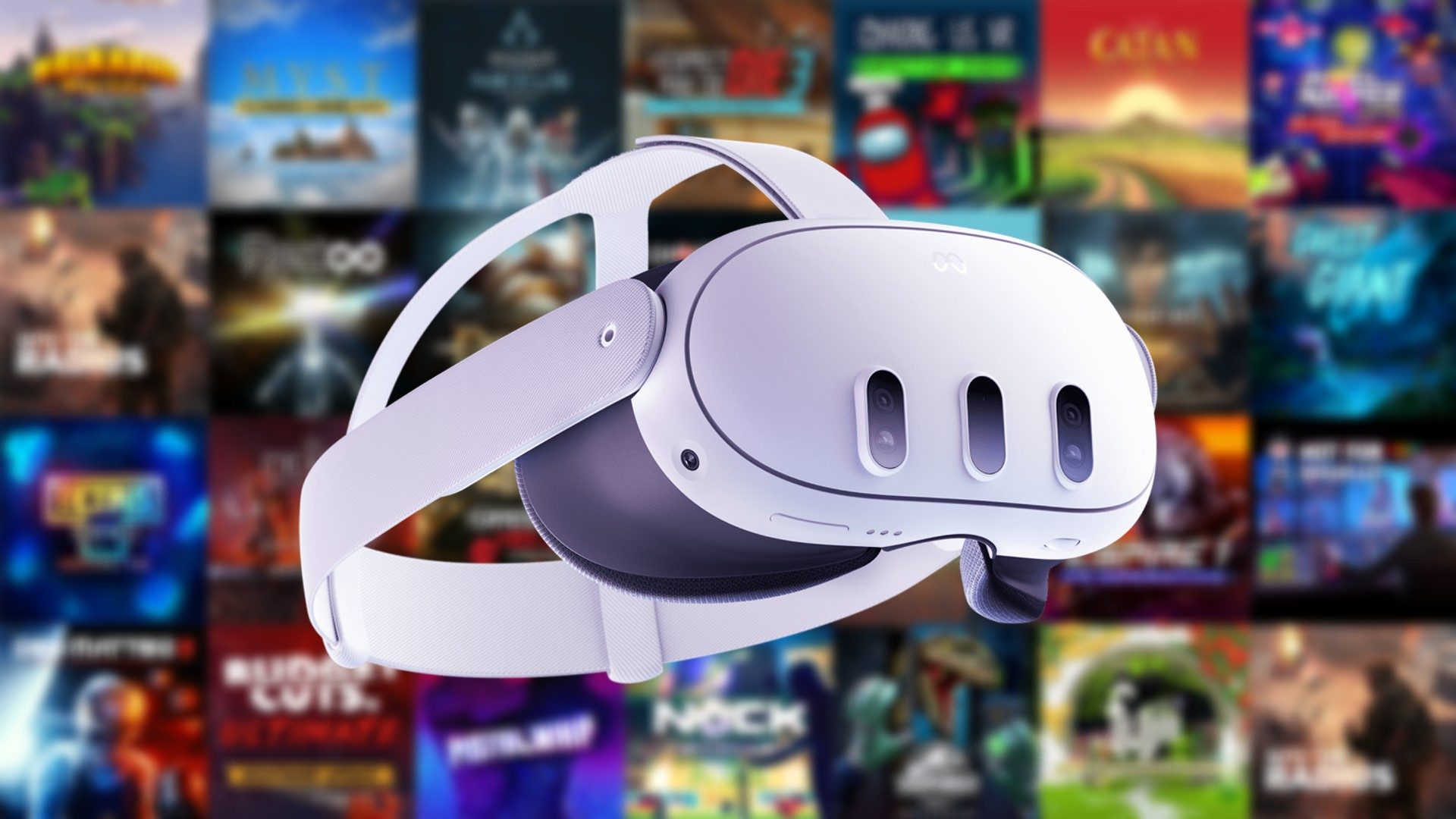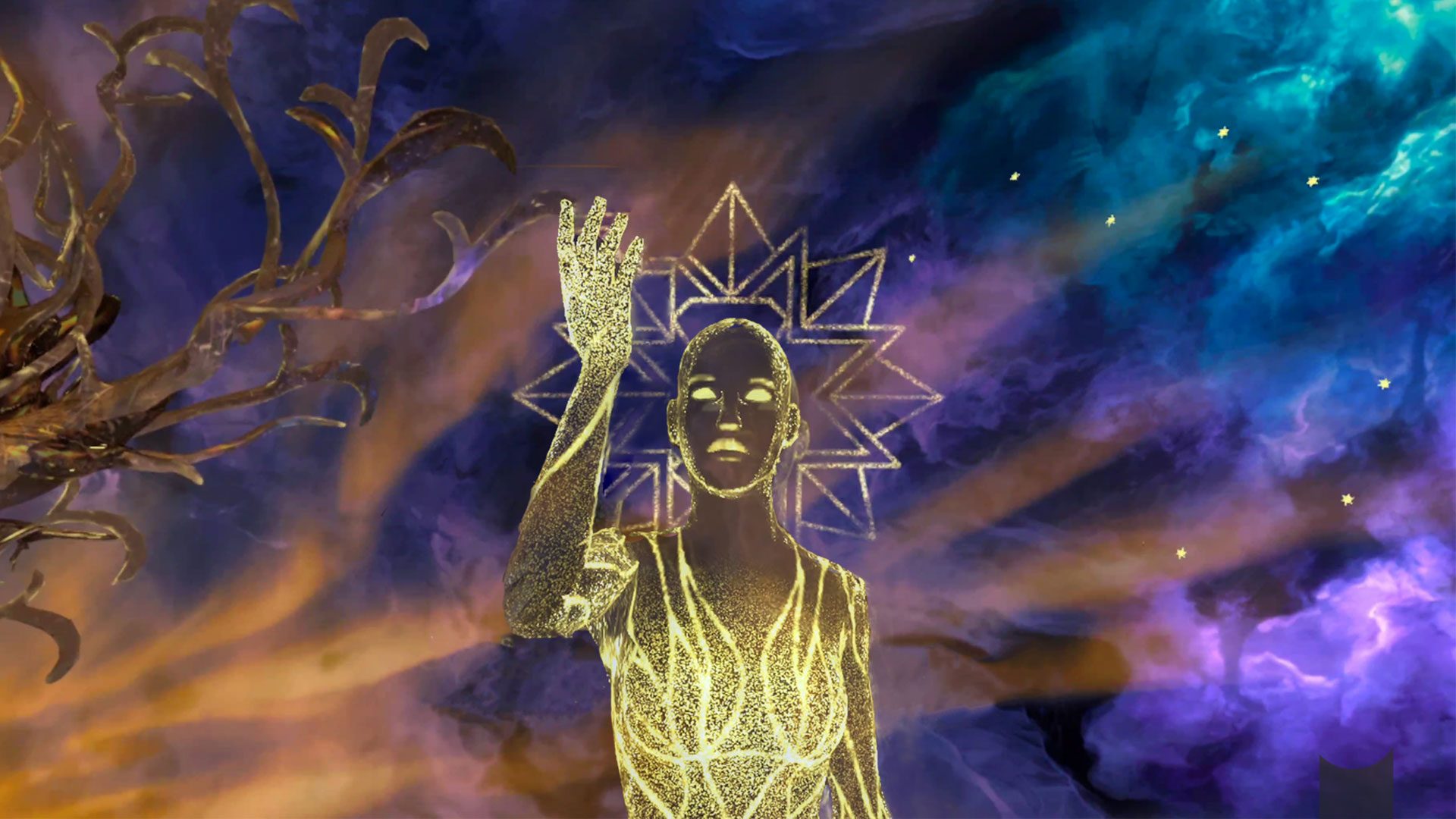When Nintendo unveiled the gameplay for the sequel to the Switch, the spotlight stole many hearts with fresh ideas. Yet, for fans like me, seeing Metroid Prime 4: Beyond was like meeting an old friend. During the demo, the familiar elements of the game were on full display. As a longtime fan of the series, the gameplay felt like slipping into a well-worn glove, focusing on traditional tech like the arm cannon, missiles, and morph ball.
Likely an early part of the game, it didn’t showcase the new powers Samus is set to acquire, including her telekinetic upgrades. Despite being a known entity, this title remains a simple continuation of its predecessors — it seems there’s plenty more beneath the surface yet to be seen. The decision by Nintendo and Retro Studios to present this specific part of the game felt intentional. By showing a straightforward segment, they directed our attention to the upgraded visual and performance capabilities on the Switch 2.
The Nintendo rep was quick to emphasize the frame rate, which is noteworthy since they usually don’t dwell on technical specifics. Metroid Prime 4, running at a smooth 120 fps, shines on the Switch 2. It’s a massive visual upgrade, considering it was originally crafted for less powerful hardware. The experience also offers a full HD display, with an option for 4K at 60 fps. The fluidity and visual polish caught my attention, making it hard to put the controller down.
A particularly intriguing aspect of the new console is how it integrates mouse controls. By setting a Joy-Con down on a surface, it transforms into a mouse-like device. While this isn’t groundbreaking for a game like Civilization 7, Metroid Prime 4’s use of this feature stood out. You can seamlessly switch between traditional and mouse controls without breaking stride, giving the game an intuitive, PC-like feeling which was a pleasant surprise.
Admittedly, my playthrough focused more on combat than puzzles, which Metroid famously balances. But even within 30 minutes, I found myself seamlessly blending the control styles. During exploration or using the morph ball, I stuck to the classic controller grip. But, when the action heated up, switching to mouse mode allowed me to engage enemies with precision. It was a dynamic experience, taking fighting to another level with the improved aiming efficiency and frame rate, especially during a dramatic boss fight.
There was something almost uncanny about the ease and accuracy I experienced; it felt like unlocking a forbidden technique in a Nintendo title. If Metroid Prime 4 is indicative of what’s to come with the Switch 2, the promise of high-performance gaming is exciting. For players eyeing this release, the optimal experience will undoubtedly be on the Switch 2, assuming it’s within budget. This next-gen upgrade has set the stage for a thrilling future of gaming.













































